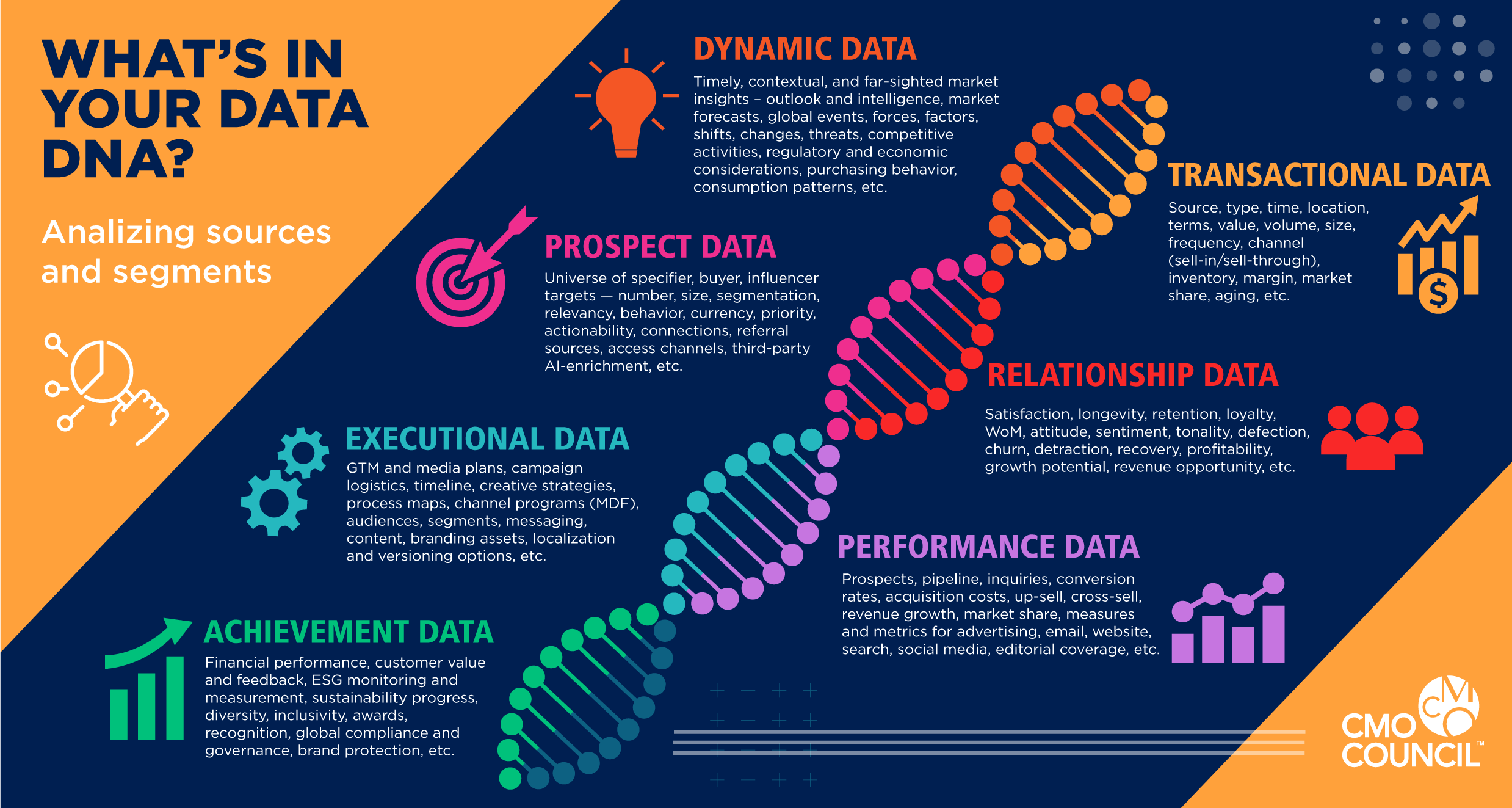BLOG POST

October 12, 2022
Rating Your Return on Insight
Chief marketing executives today are challenged to bring order, alignment and unification to sprawling market research and diverse data sources, sets and assets, both inside and outside their organizations.
The need to become a high-velocity data marketer has never been greater. This requires on-demand, actionable intelligence and timely decision support insights to maximize customer value, business yield and pre-emptive action.
For modern data marketers, speed wins. We’re talking about:
- Speed of acquiring real-time, relevant data signals
- Speed of data insights that detect sudden disruptions in customer and market behavior
- Speed of closing the gap between data and insights, insights and action
Evolving into an ALERT (market-centered) company with the proficiency to Acquire, Listen, Extract, React and Track has become essential to brand competitiveness in a digitally driven, ever-changing and increasingly complex, cross-cultural global market.
While multi-national companies spend some $76 billion annually on customer, market, media and competitive research, how well do they measure the value, effectiveness and return-on-insight from these investments?
To what degree are marketing teams within global companies impacting the rate and level of new product success; market adoption/consumption; customer experience and retention; acquisition and repeat purchase; as well as more targeted, relevant and efficient customer engagement?
How are CMOs responding to the digital transformation and globalization in the market research field? And what are they doing to leverage new customer pulsing and feedback channels, as well as improve listening, analytics and response through online and mobile research platforms, social media networks, customer communities, influencer channels, blogs, forums and behavioral data repositories.
Currently, too many research projects are siloed, duplicated and left to languish in different product development, business, marketing, customer support or field sales areas, rather than be readily accessible, usable and available across the organization. Few companies have created Unified Market Intelligence (UMI) systems that aggregate, analyze, extrapolate and push vital knowledge and findings to key stakeholders inside and outside the enterprise.
Centralized, integrated market intelligence platforms with wide, easy and secure browser-based access are essential to helping globally distributed enterprise decision makers. This interface should be a single point of access to all research content, enable comparative analytics, provide ready extraction of cumulative data points, and be searchable across topics, audiences and timeframes.
The CMO Council seeks to better define, characterize and promote the advent of the ALERT Enterprise – in which the presence of a fully functioning UMI model is a distinct core competency and competitive differentiator. Better use of market research findings and real-time information services are needed to anticipate issues, harvest opportunities, pre-empt competitive threats, identify market-making trends, and properly support and validate selling propositions.
Today, dormant, or under-utilized research studies/products need to be better leveraged. Research output must be shared, tracked and integrated into all communications and demand generation activities. This is a vital management mandate.
Central to success is identifying and specifying the most valuable and relevant types of data to source and then analyze through predictive/prescriptive analytics and AI/ML technology. Having a good understanding of your organization’s Data DNA is pivotal in this process. The CMO Council has developed a chart showing the essential areas of data to tap, depending on the nature and focus of your business model.
Think of it as an Instacart of data where you can order up the right ingredients for high-velocity data marketing success.

Related: Get ahead of the disruption! Become a CMO Council Member today!
Donovan Neale-May
Executive Director

Donovan Neale-May is the Founder and Executive Director of the CMO Council, the Growth Officer Council (www.growthguidancecenter.com), and the Business Performance Innovation (BPI) Network (www.bpinetwork.org), a global community of executive change agents driving business reinvention, IT transformation, and process improvement across the enterprise.
Please login to join the discussion
Comments
No comments yet.
